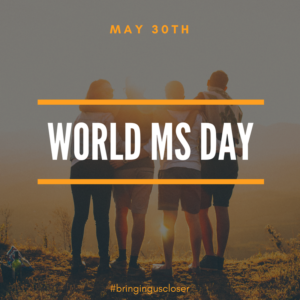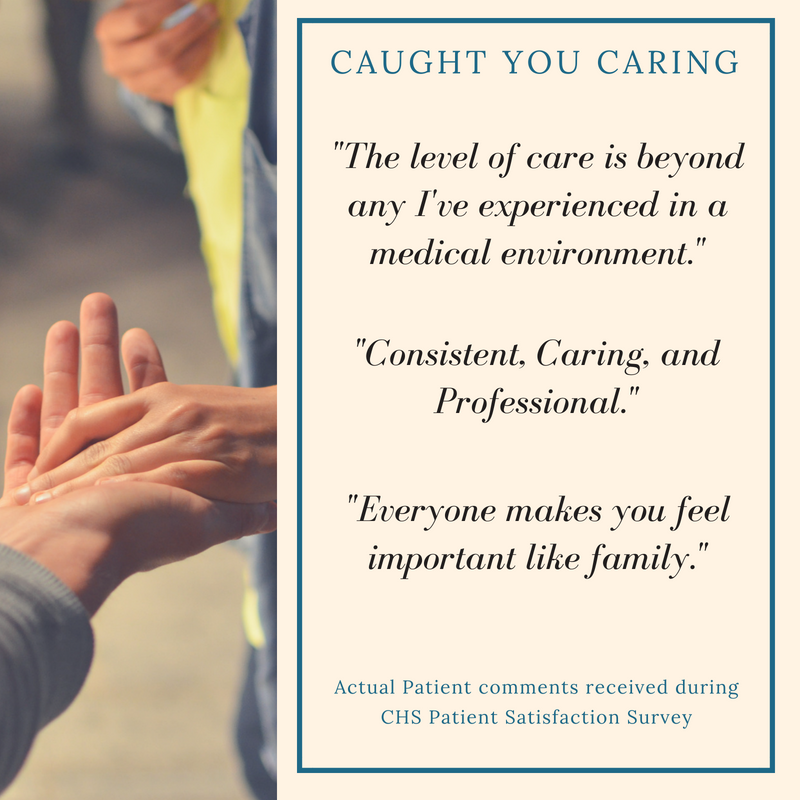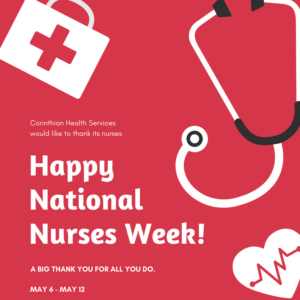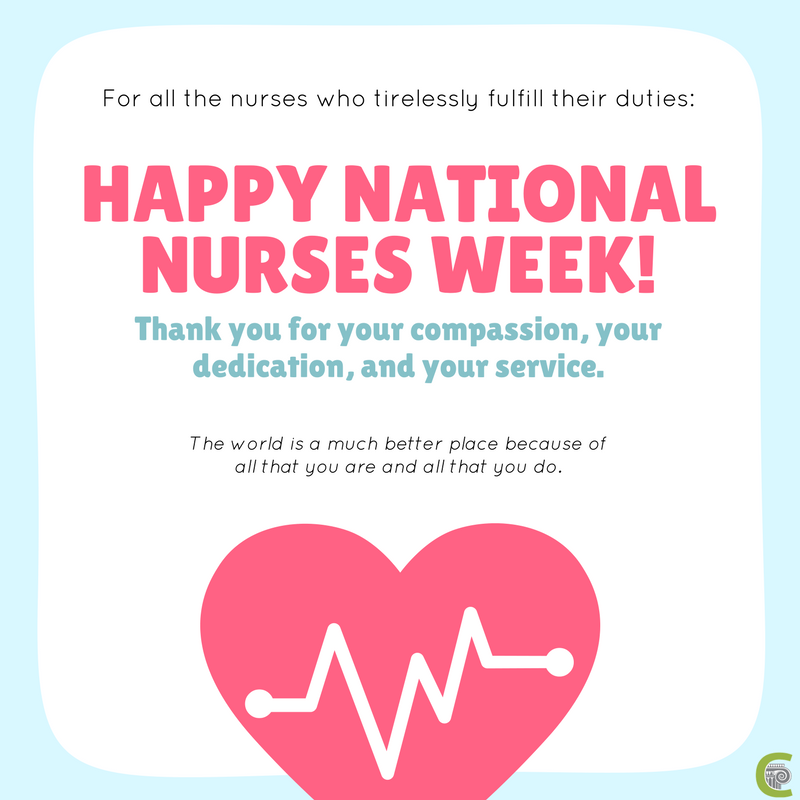The first study to test the efficacy of a ketogenic (low carbohydrate) diet in patients with Alzheimer’s disease, conducted by the University of Kansas Alzheimer’s Disease Center, showed an improvement for those patients. Unfortunately, the vast majority of neurologists only see the ketogenic diet as useful when dealing with treatment-resistant epilepsy.
Unfortunately, the vast majority of neurologists only see the ketogenic diet as useful when dealing with treatment-resistant epilepsy.
About the Alzheimer’s Disease Study
The overall study lasted for four months. 15 participants suffering from Alzheimer’s disease entered the trial initially; seven with a clinical dementia rating (CDR) of 0.5, four with a CDR of 1 and four with a CDR of 2. Patients were put on a ketogenic diet for three months, followed by a one-month “washout” period where they returned to their normal diet. During the ketogenic diet, a nutritionist recommended an eating plan designed to give patients 70% of energy as fat, 20% of energy as protein, and 10% of energy as carbohydrates.
Alzheimer’s Disease Assessment Scale examinations were administered before starting with the ketogenic diet, during the three-month ketogenic diet period, and again after the washout period. Among those who completed the study, there was a mean improvement of 4.1 points on the Alzheimer’s Disease Assessment Scale during the diet, with a return to baseline scores after the washout period.
Food Is Medicine
The foods we eat can have a profound effect on our health. A ketogenic diet, in particular, has been shown to have positive effects on many different types of illnesses and diseases.
As carbohydrates in the diet are reduced, and fat is increased, the body is forced to convert fat into ketones, rather than burning carbohydrates, to provide energy for the body and brain. This metabolic state is called ketosis. All sorts of things start to happen in the body when this state is achieved.
- When eating fewer carbohydrates, blood sugar and insulin fluctuations, which can lead to poor cell function and damage, are reduced.
- The natural decrease in insulin resistance helps to fight inflammation, high triglyceride levels, and fat gain.
- The boost in healthy fat intake that comes with a ketogenic diet will, in turn, help to raise good HDL cholesterol levels in the body.
- In addition to promoting fat loss, a ketogenic diet helps reduce unhealthy belly fat, in particular, which has been linked to increased risk for many serious health conditions.
The benefits to the human body produced by following a ketogenic diet have been shown to help with the symptoms of diseases and disorders like epilepsy, dementia, autism, Alzheimer’s Disease, Parkinson’s Disease, ALS, multiple sclerosis, diabetes, and even some types of cancer.
More Education Is Needed
The study mentioned above, and the work of doctors familiar with ketogenic diets are proving again and again that variations on this type ofdiet can have overwhelmingly positive effects on countless patients, but still, more education is needed throughout the medical community.
If you have a loved one suffering from Alzheimer’s Disease or dementia, share this new study with them and their neurologist.
A ketogenic diet could prove to be a great addition to their treatment plan. Always seek the advice of a medical provider before making changes to your diet.

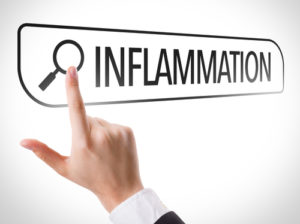 extreme fatigue or loss of sensation? These are some of the most common symptoms of Chronic Inflammatory Demyelinating Polyneuropathy (CIDP) and CIDP IVIG treatment can help.
extreme fatigue or loss of sensation? These are some of the most common symptoms of Chronic Inflammatory Demyelinating Polyneuropathy (CIDP) and CIDP IVIG treatment can help.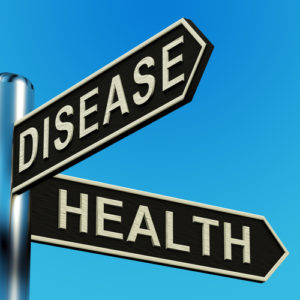
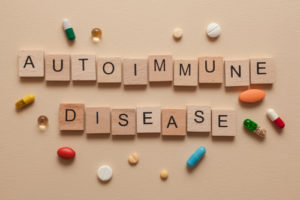
 characterized by red rashes on the hands, feet, and body in children under the age of five. If left untreated, it can lead to dangerous heart conditions and, in the worst case scenario, myocardial infarction.
characterized by red rashes on the hands, feet, and body in children under the age of five. If left untreated, it can lead to dangerous heart conditions and, in the worst case scenario, myocardial infarction.

